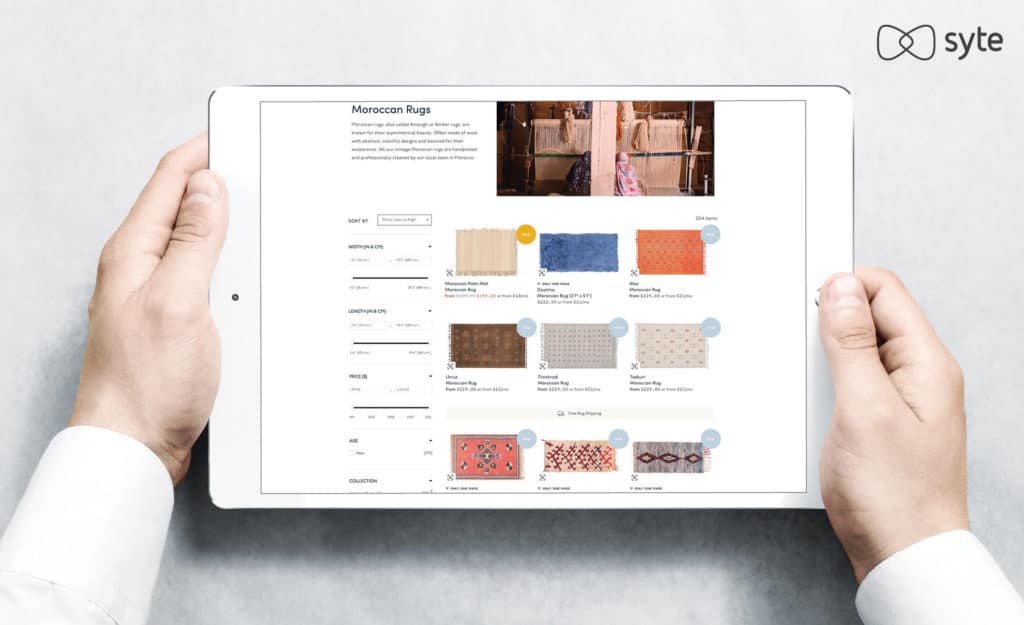
Lifetime Value (LTV) pertains to the projected revenue that a shopper will bring during their time as a customer. It is an important metric that measures the cost of gaining and retaining customers in a certain amount of time.
The LTV can help you make data-driven marketing decisions, allocate budget better, and predict trends for inventory management. Brands can pursue more high-quality customers based on the computation of the LTV, maximize advertising spending, and optimize promotions and operations.
Lifetime Value is also referred to as customer lifetime value.
Calculating Lifetime Value
There is no single way to calculate LTV. The formula used can depend on the business model that you have.
For brands with a subscription model, you can compute the LTV by taking the average revenue a customer generates in a month and then divide it by the rate of customers lost per month.
Meanwhile, brands that do not have a subscription model can calculate the LTV using the average order value and multiplying it with expected purchases and engagement time. This includes add-ons a brand can anticipate from a customer during the purchase.
Alternatively, you can also compute LTV by multiplying the average churn by the average revenue per user in a set period.
The lifetime value will also depend on the pricing levels that brands have for their products.
Why It Matters
Computing lifetime value is significant because it predicts the revenue that a brand will bring in based on the spending of their customers each month. It also helps set a brand’s marketing allocation for different customer segments. Current customers with a high LTV should receive more perks, especially if they are near the end of the customer journey. The customer acquisition cost (CAC) for new shoppers should be lower than the LTV.
The LTV also gives more value to a customer than the average revenue per user because it considers future revenue. To gain more high-quality customers with high LTV, brands and retailers can put more focus on targeted acquisition and retention campaigns.
Increasing Lifetime Value
Here are examples of tactics brands and retailers can employ to increase LTV.
- Make product discovery easy and memorable. The process should be frictionless, so customers are more likely to purchase. One way to do so is by using visual discovery tools such as recommendation engines and camera search that empower shoppers beyond their limited vocabulary. Moreover, adding a layer of personalization ensures that customers find their ideal products in the fastest and easiest way possible.
- Provide excellent customer support for shoppers. Customers are more likely to stay and have a long-term relationship with a brand when they know that you can help them should any problems with your products and services arise.
- Give customers relevant upgrades or discounts. You can encourage continuous and long-term engagement when shoppers know that there are perks like premium products and services in store for them.
- Understand your shoppers and build relationships with them. With the right infrastructure in place, you can leverage data that will enable you to deliver consistent personalized experiences on and off your site including emails and social media. The more positive and relevant experiences you deliver to customers, the more opportunities you get not only to increase LTV. But also, to acquire new customers when satisfied shoppers tell their community about their experiences.